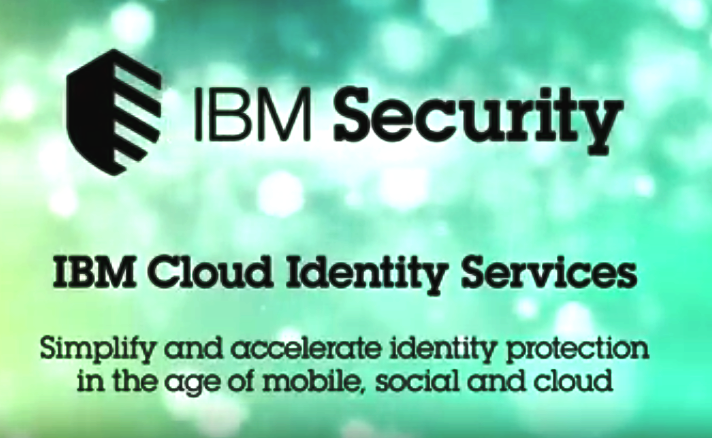
In an effort to help speed cloud adoption across the enterprise, IBM released a new identity management solution on June 15, 2017 that simplifies employee access to business applications across a hybrid cloud environment. IBM Cloud Identity Connect is designed for managing how employees gain access to their preferred business applications. It is a new Identity-as-a-Service (IDaaS), which helps provide users with rapid access to thousands of popular cloud apps while enabling single sign-on (SSO) to their applications, whether from the cloud or on-premise.
As the workforce becomes more mobile, managing and securing multiple identities across a business becomes more complex on mobile and IoT devices, desktop environments and internet services. These complications are magnified as enterprises continue their journey to the cloud and try to bridge from their traditional on-premise tools and operate in a new hybrid world. Regardless of where an organization is in that transition process, IBM is now positioned to scale on-premise and cloud offerings to help meet the unique needs of nearly any business at any time.
IDaaS for Maximum Efficiency and Manageability
IBM offers a family of tools for identity and access management under the IBM Cloud Identity brand. The portfolio includes a full spectrum of IDaaS offerings that provide seamless access to applications across cloud, on-premise, mobile and IoT devices and hybrid environments. The IDaaS solutions give enterprises access management capabilities born-on-the-cloud without sacrificing their existing investments.
IBM Cloud Identity has now been expanded to offer the following services:
Cloud Identity Connect: As enterprises transition from on-premise to cloud, this new service delivers a simple, one-click activation process designed to help businesses protect their existing infrastructure investments and bridge services to the cloud. Administrators and app owners can easily add new SaaS apps and manage workforce access, while creating a unified end user catalog and app portal for fast, intuitive access.
Cloud Identity Service: IBM’s comprehensive suite of identity and access management capabilities enables organizations to fully adopt cloud for their entire IAM program. IBM Cloud Identity Service delivers deep capabilities across Identity Governance, Web Access Management, and Federation, and supports Business-to-Enterprise (B2E), Business-to-Business (B2B), and Business-to-Consumer (B2C) use cases for multi-faceted user populations and was recognized by Gartner in its Critical Capabilities for Identity and Access Management as a Service, Worldwide report2.
IBM MaaS360 UEM: For organizations using or needing unified endpoint management (UEM) for mobile devices, IBM’s MaaS360 offering will now deliver embedded access management capabilities out-of-the-box. This will enable end users to receive a more seamless SSO experience across a combination of web and native mobile applications, even when transitioning between devices such as mobile and desktop. Additionally, enterprises will be able to maintain stronger security controls, by implementing conditional application access based on user-defined policies.


